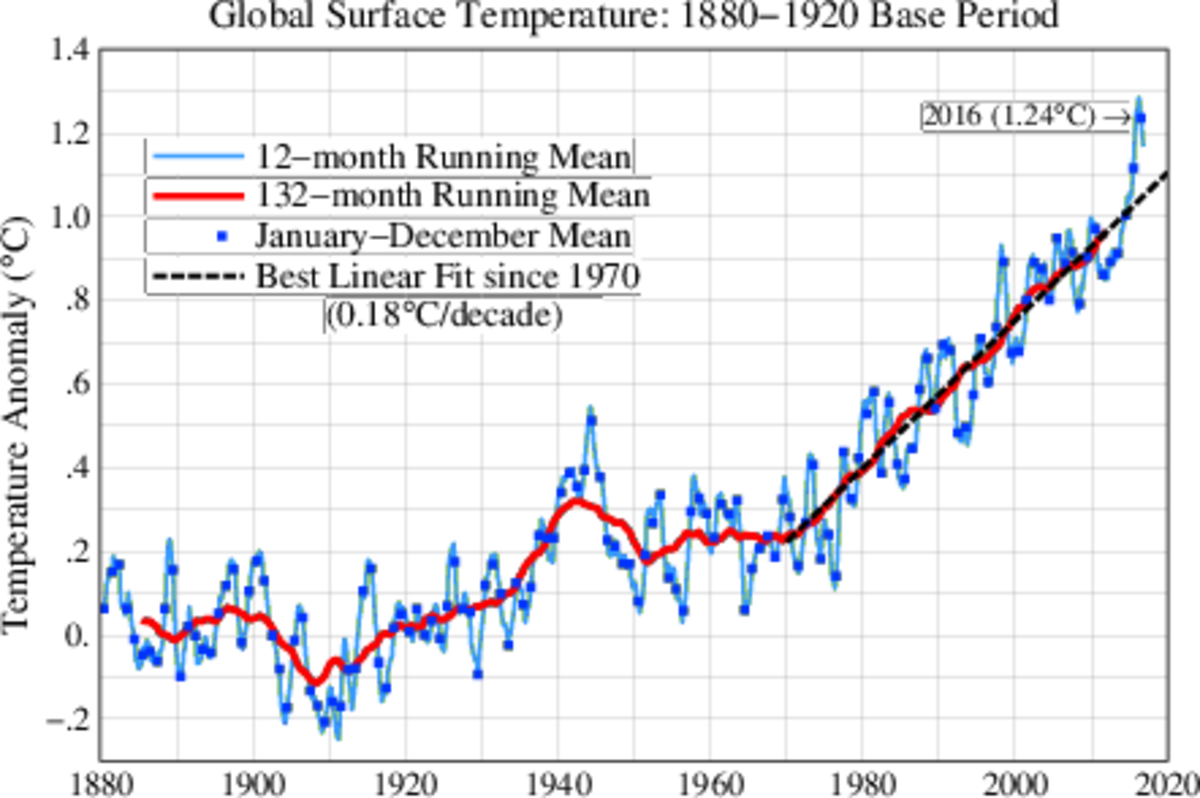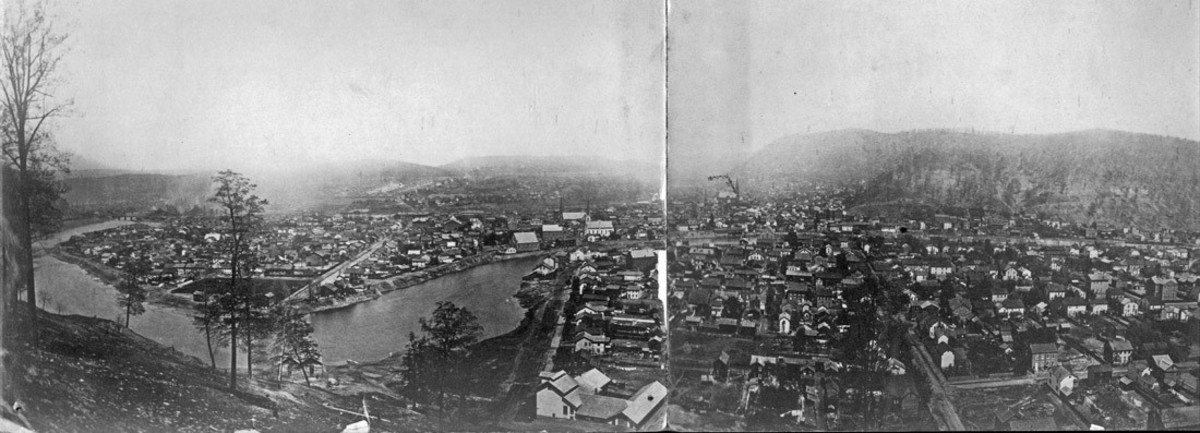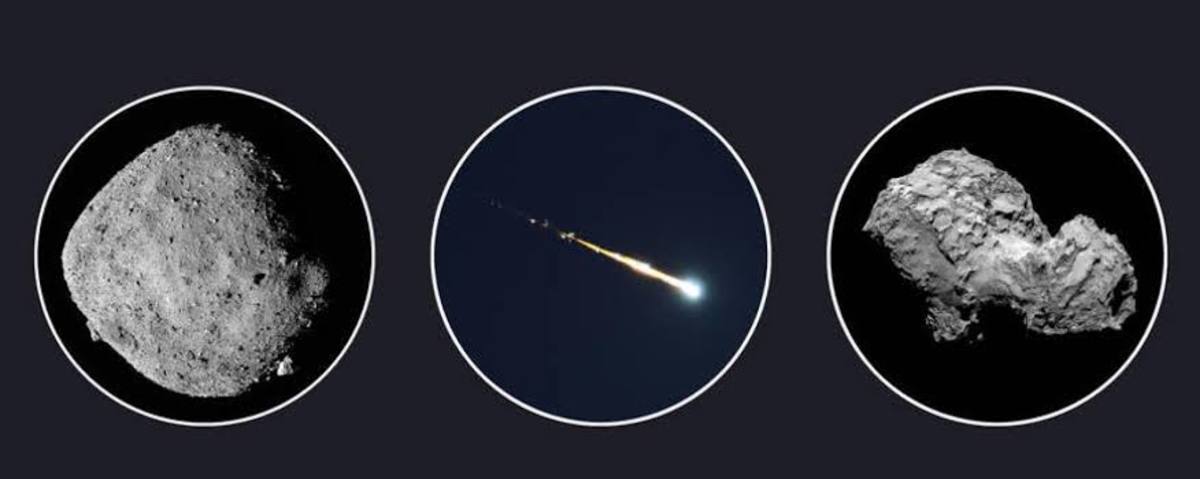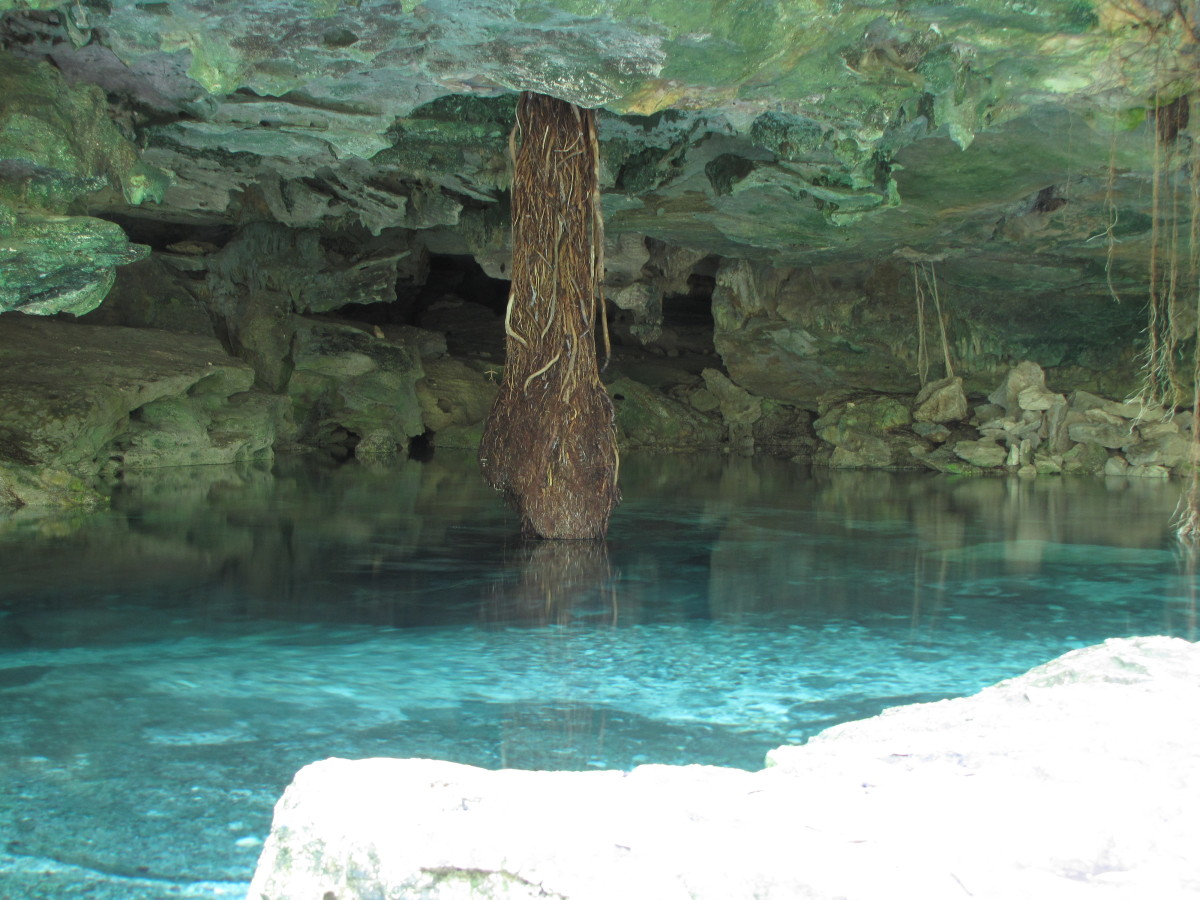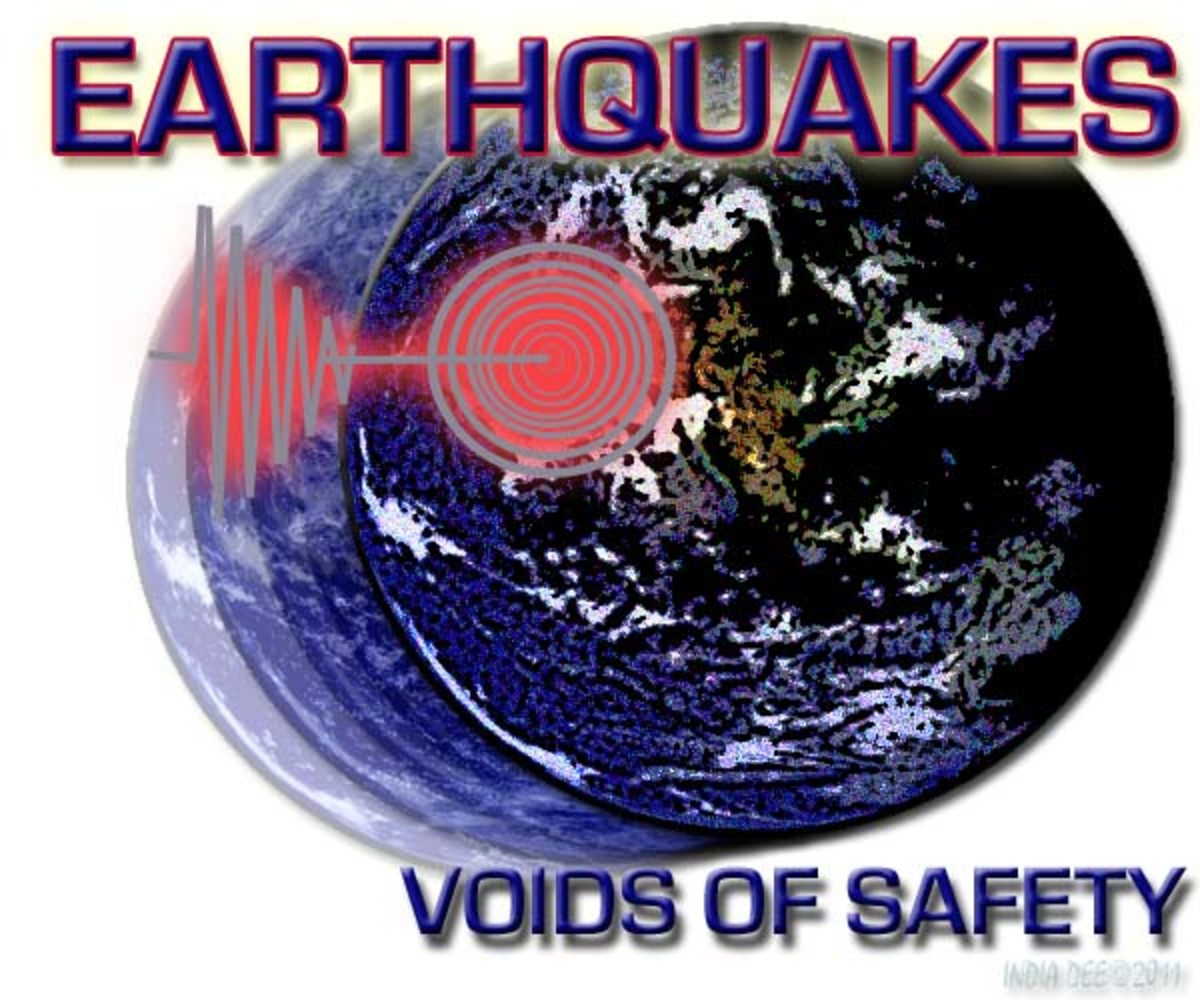Doomsday Scenario: Asteroid Hits The Earth
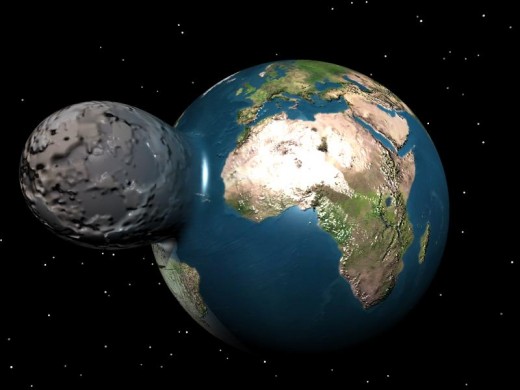
It's the classic doomsday scenario: a huge asteroid hits the Earth. What could we do if it actually happened?
Huge chunks of rock travel through space constantly. We call them asteroids if they are in the grips of the Sun's gravity, we call them meteors if they travel at random, without being influenced by the Sun. But there is nothing to guarantee that one of these couldn't hit the Earth. No force in nature would protect us from a direct hit by an asteroid or a meteor. Scientists have theorized that the impact of a huge meteor thousands of years ago caused the dinosaurs to become extinct. Could the human race become extinct if a meteor hit the Earth? The answer to that question depends on how big the meteor is. If it's small, our chances of survival are good. Our chances are not so good if the asteroid is large.
The effect of a huge meteor impact can be put into three categories: 1.Atmospheric, 2.Oceanic, and, 3.Seismic. First of all, let's consider the atmospheric effects. When the meteor impacts the Earth, it makes contact with the Earth's atmosphere. When masses of air in the Earth's atmosphere are violently pushed aside by the meteor, the result is wind. If the meteor is large enough, entire cities could be blown away. The effect would be like thousands of hurricanes all swirling through the sky at the same time. Millions of people could die from wind damage, alone. The actual impact could throw billions of tons of dust and dirt into the atmosphere. This would make the atmosphere cloudy. If the atmosphere is cloudy, agriculture will suffer, since light from the Sun will not be able to penetrate. Since light from the Sun is needed to make food crops grow, a food shortage would be the result. Millions of people would probably die of food shortages, in the aftermath of a meteor impact. It may take months, or years, for the atmosphere to return to it's original clarity.
Another effect would be oceanic. If a large meteor hits an ocean, it would probably push most of the water in the ocean into a new location, and obviously this sudden dislocation of the water would flood any land near the impact site. If the meteor was large enough, the oceanic dislocation would be global, every place on Earth would be affected. It may take months, or years for the water displaced by the impact to drain back into it's original location. Some of it may never drain back, because the impact may have changed the shapes of continents and coastlines. When entire oceans wash over entire continents, entire cities may be swept away, as debris. Some of the debris may be thrown into oceans, where it will form 'debris islands'. Some of these 'debris islands' may be hundreds of miles wide. In some areas, debris moved around by the floods may settle in river valleys, and form dams. These 'debris dams' may stop the flow of rivers, and if a river is blocked by a debris dam, a lake will form there. Some of these lakes may be hundreds of miles wide. In the aftermath of a meteor impact, one of the most important tasks for geologists will be to survey any debris islands that have been formed. Surveyors and cartographers will have to draw maps of the debris islands, and agricultural experts will have to explore the debris islands to determine if they have any potential for agriculture. If a debris island is suitable for agriculture, food crops will have to be planted there, immediately.
Another category of effects is seismic effects. If the meteor is large, it's impact will be felt in every part of the world. It's possible that hundreds of cities will be instantly destroyed by the initial impact of the meteor, killing millions, if not billions, of people. Aftershocks would probably continue for years, or even for decades. The prolonged aftershocks would make rebuilding cities difficult. It may be impossible, for example, to build sewers made of concrete, since the aftershocks would cause concrete sewers to crumble, as soon as they are installed. Any kind of underground water lines or sewer lines would have to be made of rubber, since rubber is flexible enough to bend when an aftershock hits it, unlike concrete, which simply crumbles when it's subjected to vibration. People would probably have to live in tents, for decades after the impact, because the prolonged aftershocks would cause conventional houses to collapse as soon as they are built. Predicting the extent of the devastation is unlike predicting the destruction caused by hurricanes, earthquakes, or nuclear war, it involves a completely different panorama of scenarios and contingencies.



